The big bang
Nördlingen is a city that’s played a significant role in Germany’s history over the centuries.
Around 14 million years ago, the region in which Nördlingen lies was the site of a close encounter of the extra-terrestrial kind. An asteroid with a diameter of 1.5 kilometres impacted with the explosive force of 1.8 million Hiroshima atom bombs. The explosion would leave a crater 24 kilometres wide, and up to 150 metres deep. Ejected materials from the event can be found as far away as the Czech Republic.
To this day, buildings made from stone within the Nördlinger Ries contain tiny diamonds created in the blast, that glitter in the sunshine. You can see examples of stone, and learn more about the catastrophic event that shaped the area at the RiesKraterMuseum. You can even buy your own little piece to take home!
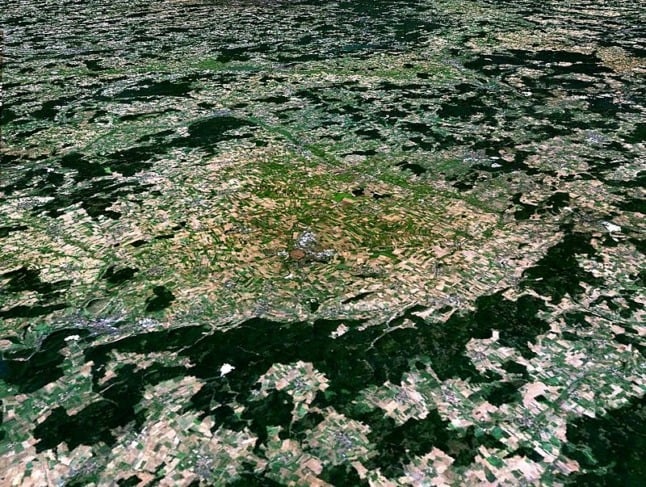
Standing tall
Nördlingen’s status and wealth has long depended on its position along a number of ancient trade routes between larger cities. Beginning in the 13th century, it was the site of a large market fair that would bring craftsmen and traders streaming in, Merchants would settle in the newly-declared Free Imperial City in magnificent stone buildings, many of which still stand.
These proud inhabitants would reinforce their city with the Stadtmauer, or city wall that exists to this day – in fact, the walls are often used by locals to get around the town. Around the city exists a number of large gates to let traffic through, each with its own style. Subsequently, it’s very hard to get lost.
Nördlingen’s wealth and importance is also shown by the church that dominates the city’s skyline. The St-Georg-Kirche with its striking church tower known as ‘Daniel‘, can be seen from almost anywhere in the city, and has served as its watchtower over hundreds of years. Inside, the church is a treasure house of medieval and Renaissance art and well worth an hour of your time.
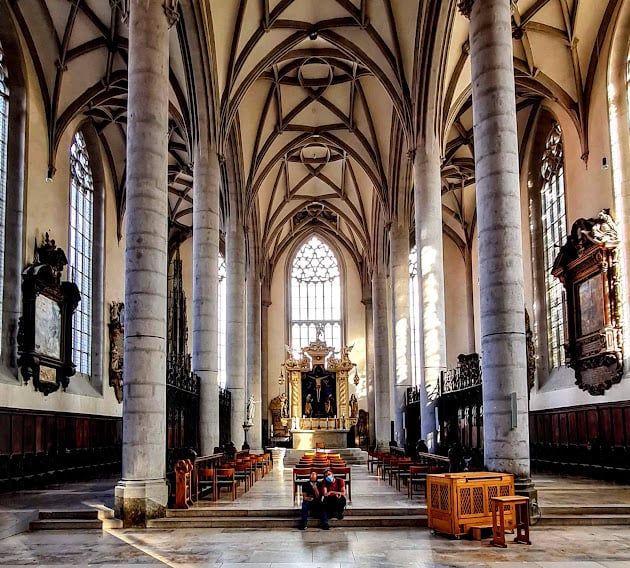
Interior of the St-Georg-Kirche Photo: Mike Stuchbery

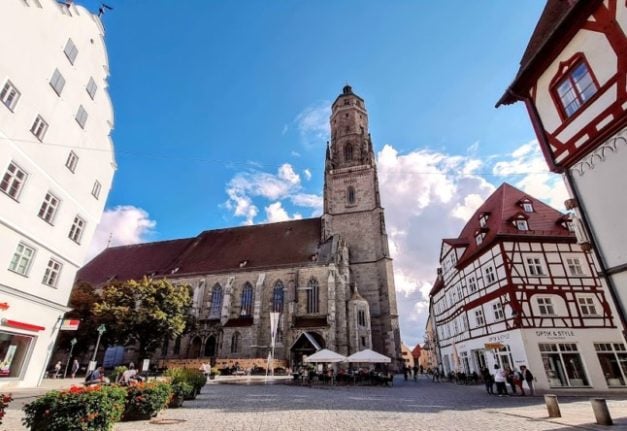
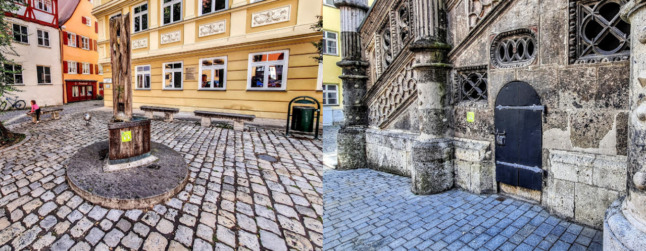

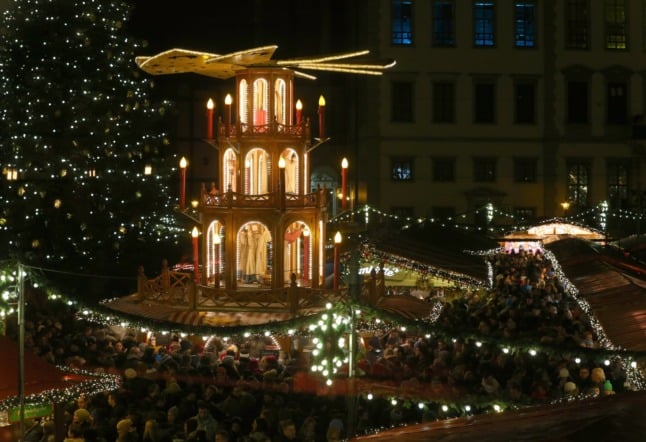
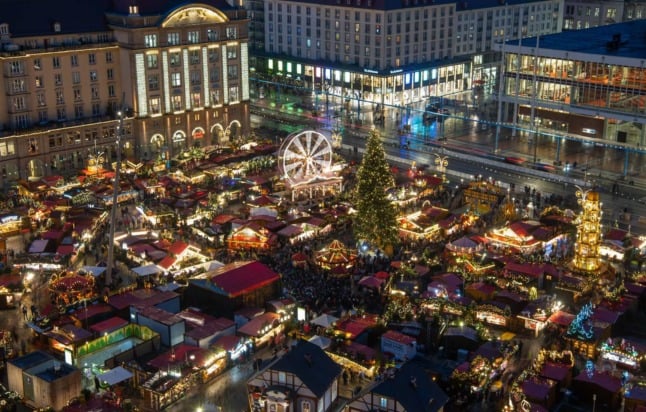
 Please whitelist us to continue reading.
Please whitelist us to continue reading.
A really great place to stay and explore – the town itself and also the surrounding countryside. I must say I personally found it more interesting than the nearby ‘crowd pleaser’ towns of Rothenburg and Dinkelsbühl, although those are worth a visit too.
I went in July – probably better than going now, especially with Covid starting to bite in Germany once again! Maybe plan it for next summer?
It’s possible to walk around virtually the entire town along an elevated walkway in the roofed town wall. It took me about 45 minutes. There’s even a town museum within it and a cafe butting up to it! The Ries Crater Museum is also very good, with well organised exhibits and an excellent video about the meteor impact.
It’s also possible to walk up various flights of steps to near the top of the Daniel tower for superb views of the town and surrounding countryside. You can see the crater rim if you know where to look.
The local people were very friendly during my 7 day visit and I really enjoyed my time there.